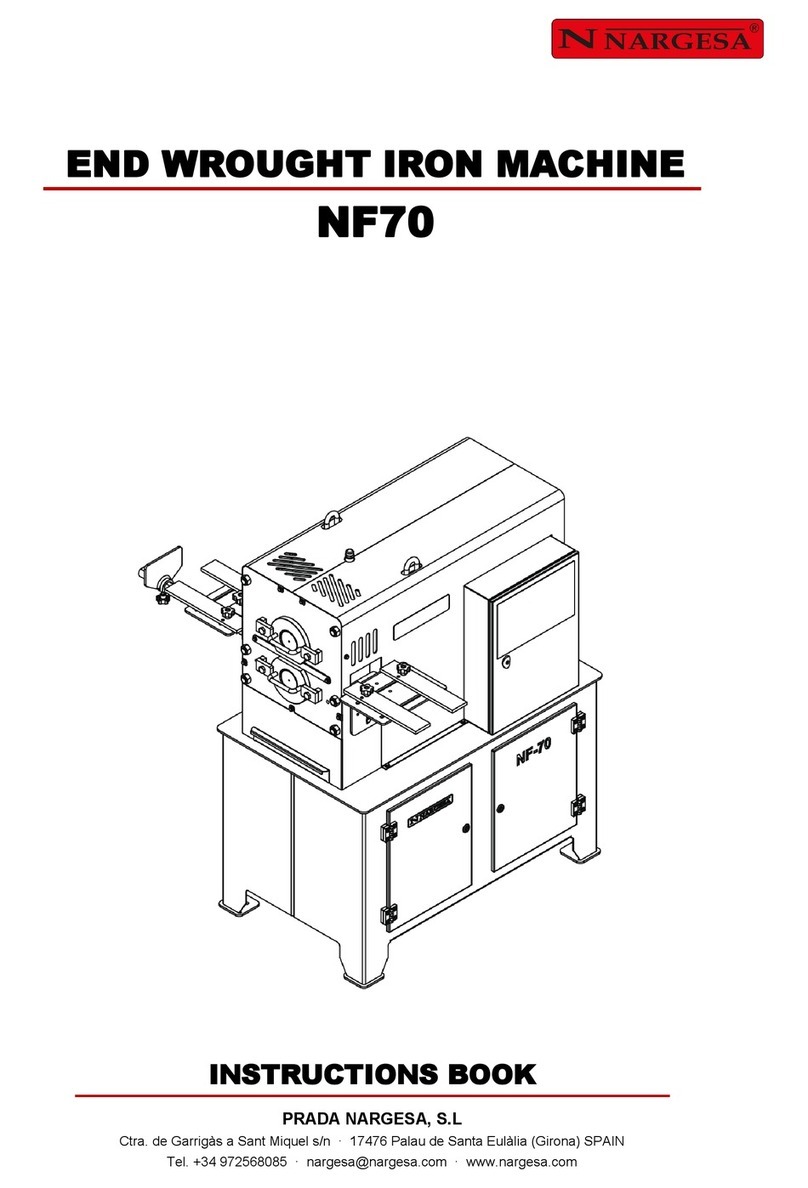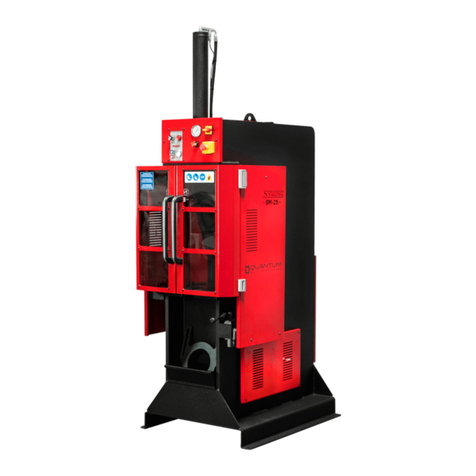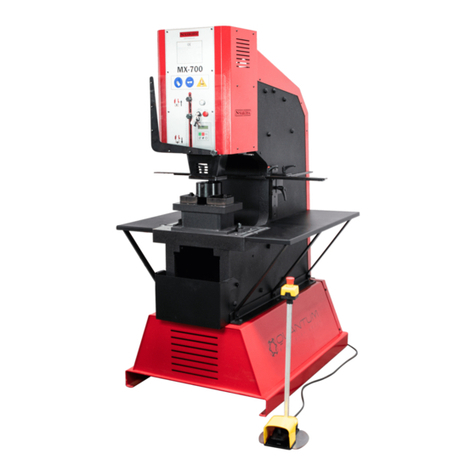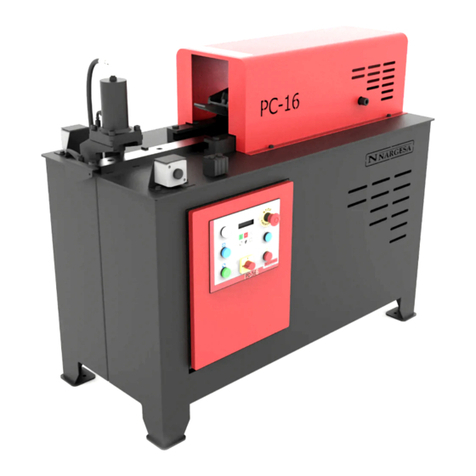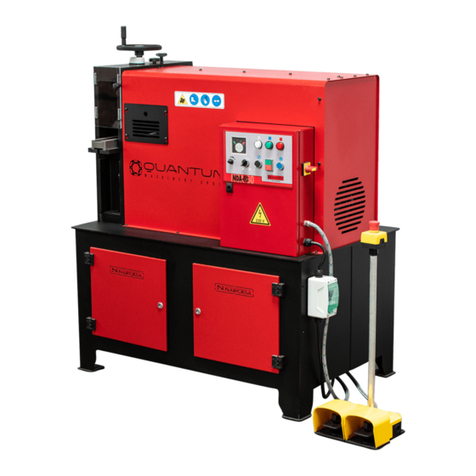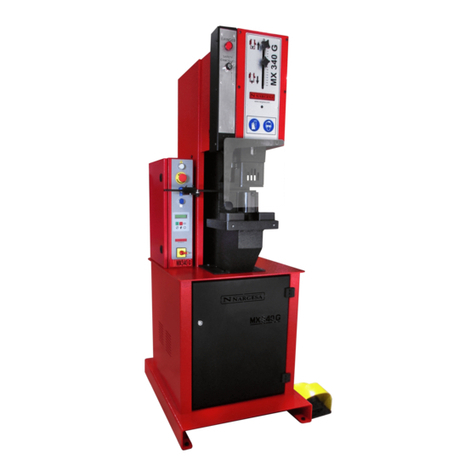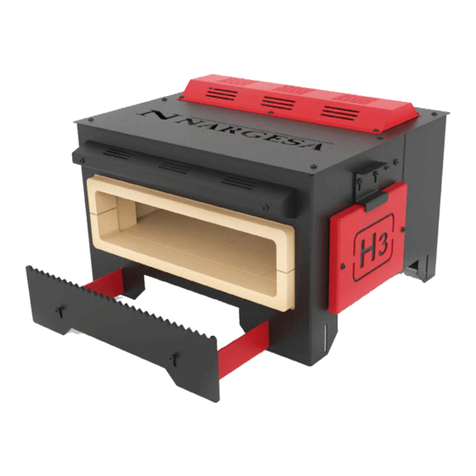
INSTRUCTIONS BOOK HORIZONTAL PRESS BRAKE PP200 2
3
3
3
3
4
5
5
6
6
6
7
7
7
8
8
8
9
9
10
10
10
11
12
13
13
14
14
15
16
INDEX
1. CHARACTERISTICS OF THE MACHINE ...............................................................................
1.1. Machine identification ..................................................................................................
1.2. General dimensions ....................................................................................................
1.3. Machine description ....................................................................................................
1.4. Identification of components .......................................................................................
1.5. General characteristics ...............................................................................................
1.6. Identification of protective panels ................................................................................
2. TRANSPORT AND STORAGE ...............................................................................................
2.1. Transport .....................................................................................................................
2.2. Storage conditions ......................................................................................................
3. MAINTENANCE AND CLEANING ..........................................................................................
3.1. Hydraulic maintenance ................................................................................................
3.2. Cleaning ......................................................................................................................
4. INSTALLATION AND START UP ...........................................................................................
4.1. Placement ...................................................................................................................
4.2. Work area ....................................................................................................................
4.3. Acceptable external conditions ...................................................................................
4.4. Electrical connection ...................................................................................................
5. INSTRUCTIONS FOR USE .....................................................................................................
5.1. Description of the control panel ...................................................................................
5.2. Start up ........................................................................................................................
5.3. Displacement adjustments ..........................................................................................
5.4. Adjustment of the working strength .............................................................................
5.5. Manual mode ..............................................................................................................
5.6. Automatic mode ..........................................................................................................
6. FAULT FINDING ......................................................................................................................
6.1. Electrical faults ............................................................................................................
7. CAUTION .................................................................................................................................
8. TOOLING .................................................................................................................................
TECHNICAL ANNEX

